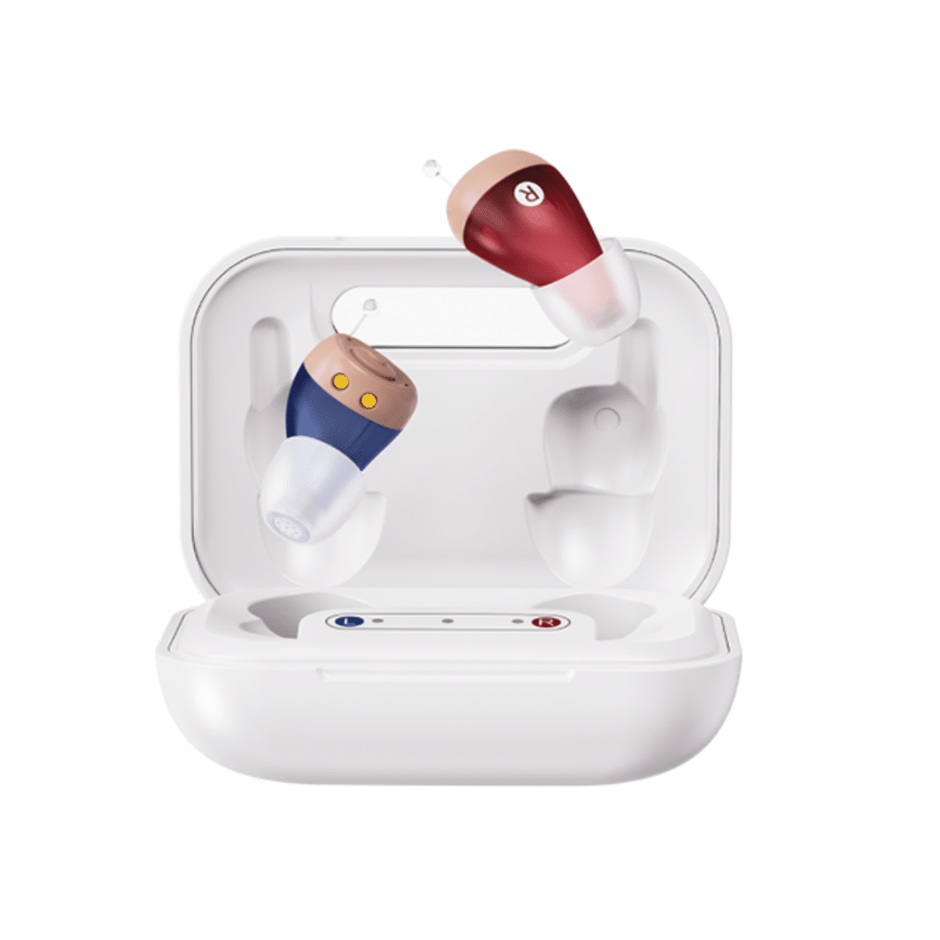Although straightening dentition and improving smiles are frequently connected to orthodontics, the field offers many advantages that extend beyond appearance. Many people’s continuous headaches and jaw pain are caused by questions accompanying their jaw joint bite adjustment or teeth grinding, all of which are repeatedly resolved by accompanying orthodontic treatment.
This article will discuss how an orthodontist La Habra, CA can help you feel better and function more comfortably by helping with these kinds of discomforts.
How Headaches, Teeth, and Jaw Pain Are Related.
Your temporomandibular joint (TMJ), jaw first muscles, and dentition all function as a single complicated system. When an individual part of this order is misaligned or under stress, it can produce a chain reaction of pain, including:
- Jaw rigidity or pain.
- Regular migraines or headaches.
- The jaw joint is clicking or popping.
- Weakness in the face or ears.
Chronic pain may result from these questions excessive strain on the jaw joint and encircling muscles.
Why orthodontic therapy is advantageous.
Not all orthodontic treatment is for beautiful reasons. With orthodontics, jaw-related discomfort may be considerably reduced or removed by realigning the bite and jaw.
1. Repairing malocclusion.
An overbite, underbite, or crossbite is are example of a misaligned bites that influence uneven jaw function. This inequality puts stress on the jaw joints and influences, which commonly results in pain and tension headaches. This stress is lessened when the dentition and jaws are properly joined with braces or clear aligners.
2. Declining the clenching and grinding of dentition.
Whether brought on by stress or wrong alignment, bruxism is a prevalent cause of headaches and jaw pain. By addressing the fundamental adjustment problems, orthodontics can reduce the propensity to grind or clench, particularly each night.
3. Enhancing TMJ depiction.
An inflammation or sensitivity of the temporomandibular joint may accompany misaligned teeth and jaws. The TMJ can move more freely and luxuriously after orthodontic treatment that relieves pressure on the joint.
Some Recommended Treatments
How serious and what kind of misalignment it is decides the best orthodontic treatment plan. The following are typical selections.
- Traditional braces work well for thorough adjustment and bite correction.
- Clear Aligners (e. g. G. For gentle to moderate bite problems, Invisalign® is an individual and efficient answer.
- Rubber bands or elastic bands. These are used to move the jaw position in combination with accompanying braces or aligners.
- Bite splints or night guards are transitory devices that are occasionally used either before or all the while treatment to lower jaw pressure and grinding.
Conclusion
More than just a makeover, orthodontic situations can offer honest, long-lasting relief from headaches and jaw pain. Orthodontics assists patients in reinforcing their general characteristics of life and spoken health by addressing the underlying causes of jaw stress and misalignment.






